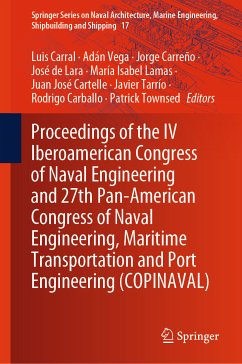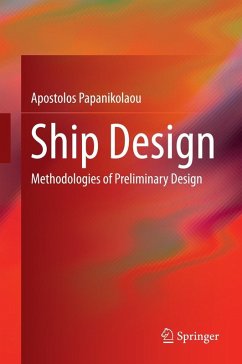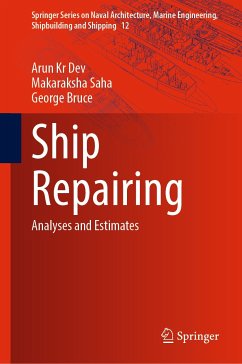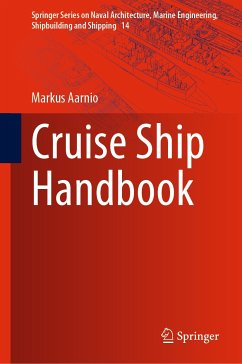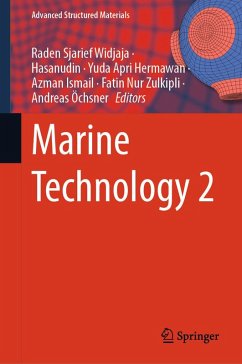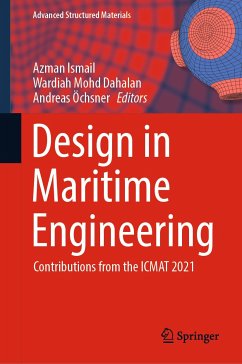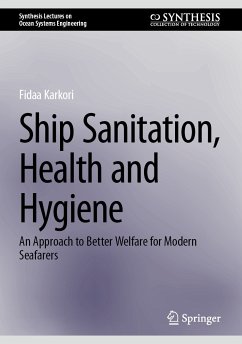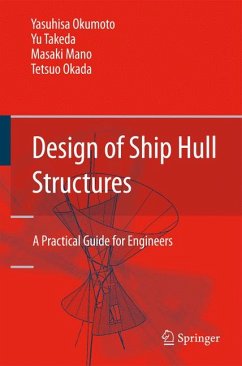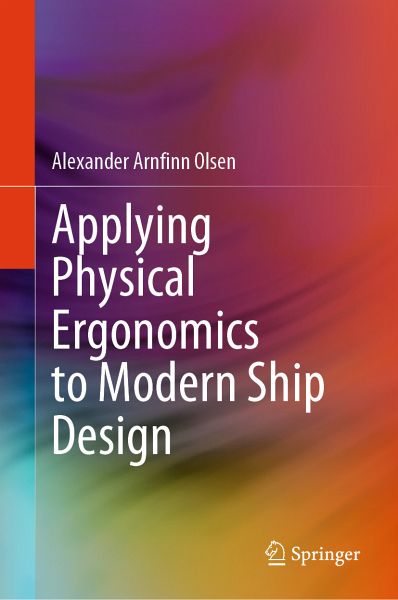
Applying Physical Ergonomics to Modern Ship Design (eBook, PDF)
Versandkostenfrei!
Sofort per Download lieferbar
144,95 €
inkl. MwSt.
Weitere Ausgaben:

PAYBACK Punkte
72 °P sammeln!
This book combines and summarizes the myriad rules, regulations, guidance, and guidelines that pertain to the human factor element of vessel design and marine operations. With a focus on physical ergonomics, the book is thoroughly researched and draws on the most current Class rules and industry regulations promulgated by the IMO and other organizations. As such, this book serves as a single point of reference for professionals and students involved in human factors and ergonomics at sea.
Dieser Download kann aus rechtlichen Gründen nur mit Rechnungsadresse in A, B, BG, CY, CZ, D, DK, EW, E, FIN, F, GR, HR, H, IRL, I, LT, L, LR, M, NL, PL, P, R, S, SLO, SK ausgeliefert werden.



